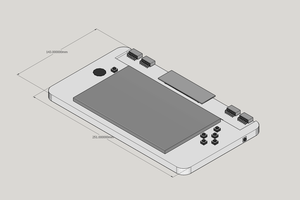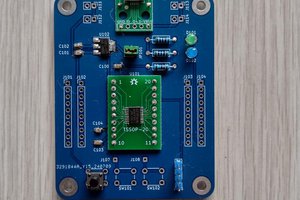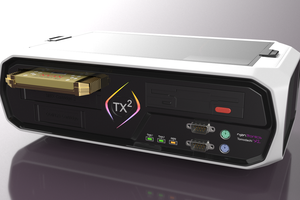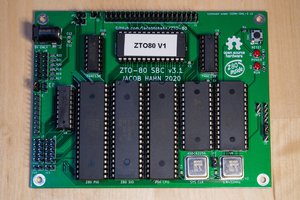Primary goals:
-100% IBM PC Compatible using the original Intel 8088
-Small form factor, inspired by the NES/SNES Classic Edition consoles
-Capability of displaying images on a modern TV or Monitor
-Capability of using standard ISA Expansion Boards
-Standard 640 KB of SRAM on board and 192 KB UMBs
-PS/2 or USB Keyboard
Optional goals(for now):
-Capability of using modern storage solutions like a SD Card or USB
-HDMI(I don't know if it's possible) or VGA Port
-Turbo Speeds (Supported by the FE2010 Chipset and Sergey's design)
-An USB Storage(Maybe using floppy emulator)
-A nice enclosure made of wood or 3D Printed
At the moment i only have access to a soldering iron and a multimeter (I don't have money to buy an oscilloscope or some fancy equipment right now) and i have to split my time between university and work, it will be harder to build it but not impossible... I'LL DO MY BEST.
The initial research for this project and the PC architecture has begun in 2017 when I finished school, but my first homebrew computer was made in 2016 that was a z80 based simple computer made in perfboard. It has passed into various revisions but now it's heavily based on the Sergey Kiselev's Micro 8088 computer Design.




 Dave
Dave
 Ken Yap
Ken Yap
 Maya Posch
Maya Posch
 Jacob Hahn
Jacob Hahn
Why don't make entirely using FPGA? :). NEC V20 still available in Japan.